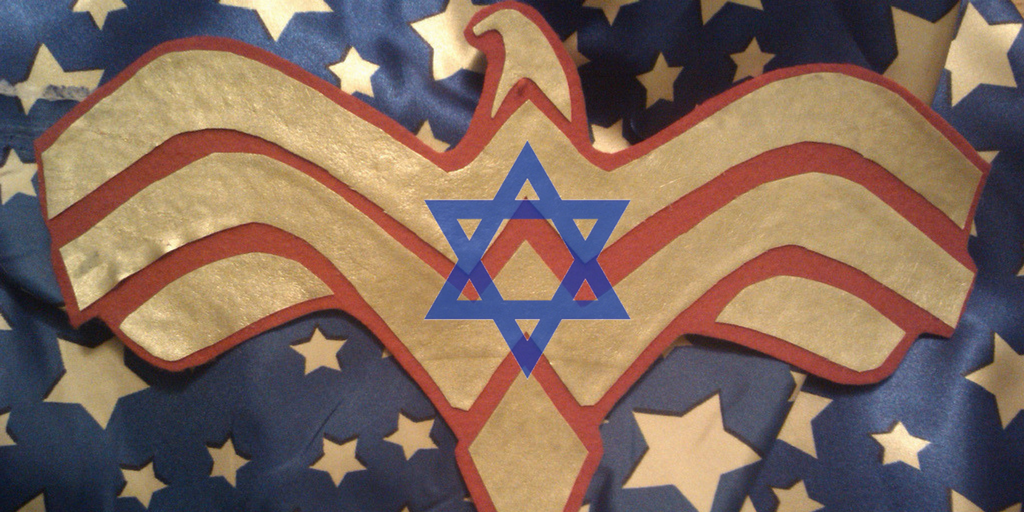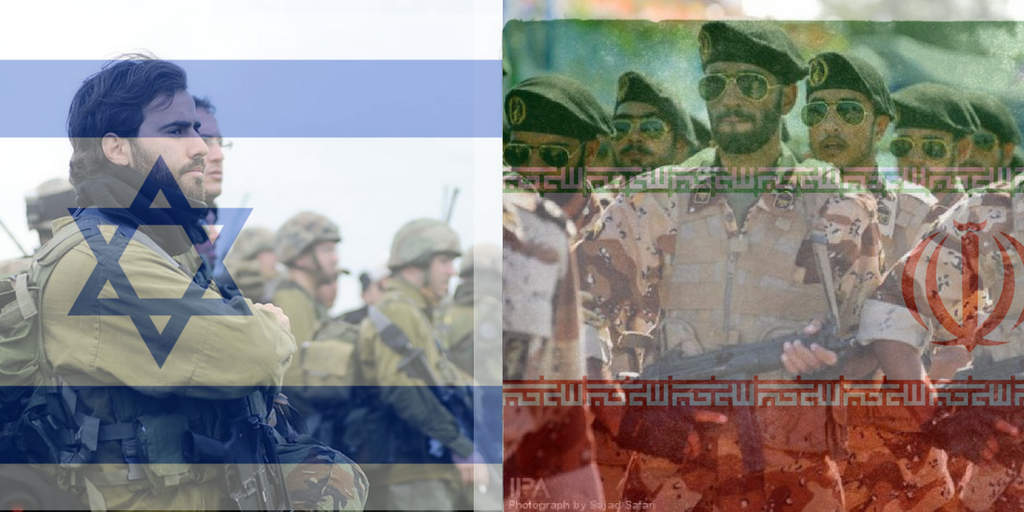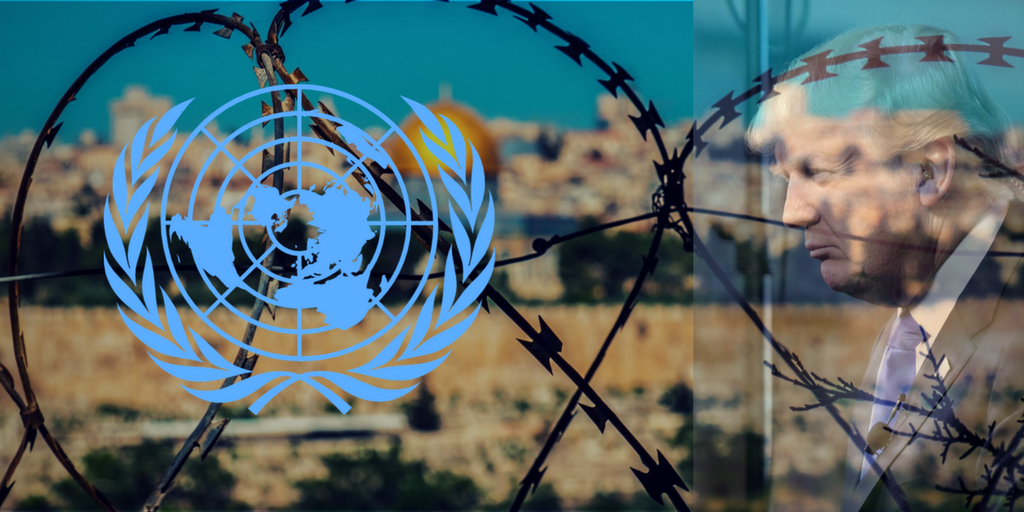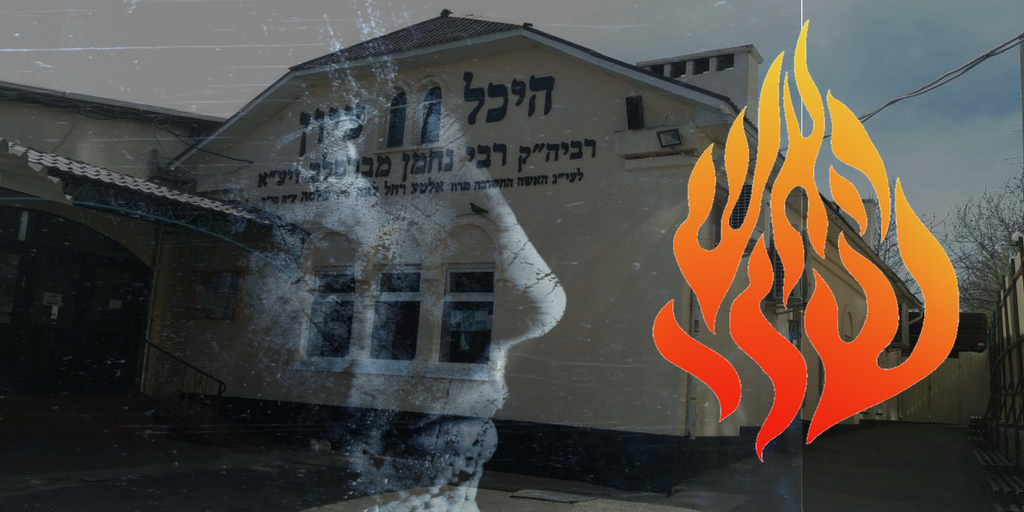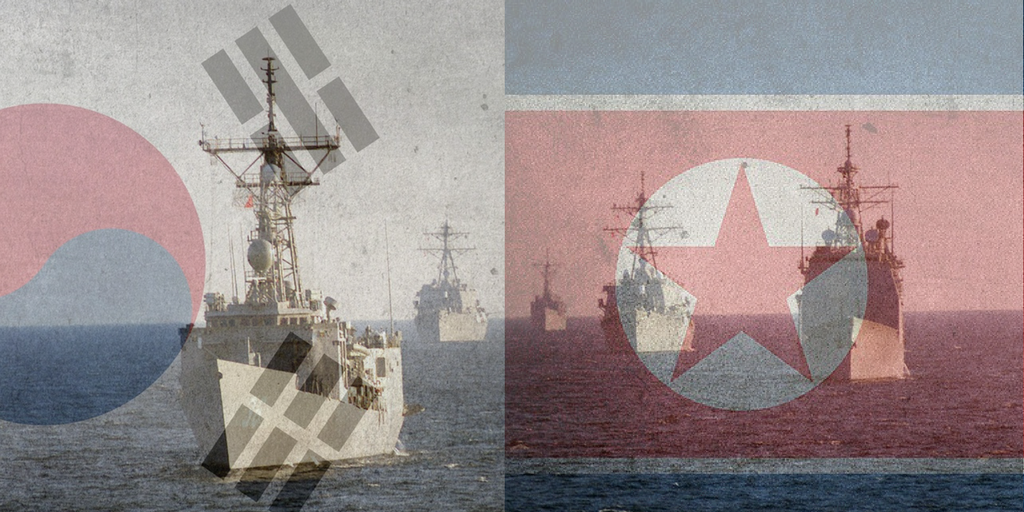Jordan like Lebanon just banned the new Wonder Woman movie because the lead actress is an Israeli who served in the Israeli Army. Ah, well Jordan has more to fear of than just the fact that Gal Gadot is Israeli. They are also afraid of her very name which in Hebrew means Wave of the Riverbanks (plural). Now which Riverbanks could her last name refer to?? Think about it. The World of Lies calls Judea and Samaria the West Bank of the Jordan River. This is after Jordan conquered it in the War for Israel’s Independence without relinquishing it to the supposed fantasy Arab nation of Palestine, and then Israel won it from Jordan in the 6 Day War. In Hebrew it is called Yehudah and Shomron, but the Left in Israel calls it HaGadah HaMa’aravit. Gadah is a Riverbank (singular).
WITH GAL’S VERY NAME, SHE IS SAYING THAT A TIME IS COMING IN THE NEAR FUTURE WHEN ISRAEL WILL DWELL ON BOTH SIDES OF THE JORDAN RIVER, BOTH RIVERBANKS (Gadot) THE EAST AND WEST BANK! NOW THAT IS SOMETHING FOR THE NATION OF JORDAN TO BE . AFRAID OF!

